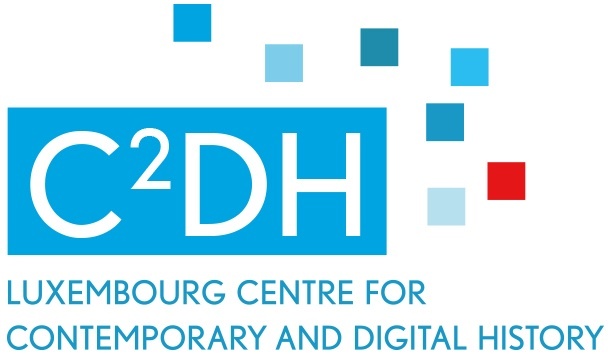
On the 3rdof July, Leif Scheuermann from the Karl-Franzens-Universität Graz came to the University of Luxembourg as the third guest speaker of the DTU Lecture Series: The digital in interdisciplinary perspectives. He spoke about the Simulation of Roman Transport and Traffic between the Adriatic and the Danube.
His talk was closely connected to the lecture by Iza Romanowska and Tom Brughmans on Agent-based modelling and network science for the study of the human past on the next day. Leif Scheuermann studied History and Philosophy in Stuttgart, and wrote his dissertation on a traditional historical topic: Religion an der Grenze. Römische Provinzialreligion am Neckar- und obergermanischen Limes (2013). However, he has also worked in many other fields, such as computer science and digital humanities and at the Institute of Nuclear Technology and Energy Systems (IKE) in Stuttgart. Since 2016, he is assistant professor at Centre for Information Modelling – Austrian Centre for Digital Humanities at the University of Graz.
Leif Scheuermann divided his talk into two parts. First, he gave an introduction to digital history and hermeneutics and talked about what historical research is and what it should and can do (or what it can not do). He pointed out a trend in history of bad reconstructions that try to show the past exactly the way it was instead of trying to visualise historical theses. In his opinion, uncertainties in the reconstruction should always be visualised clearly.
Second, he took a closer look at simulations in historical research with a few examples. One of the examples he showed was ORBIS: The Stanford Geospatial Network Model of the Roman World by Scheidel and Meeks, a model that wants to reconstruct the duration and financial expense associated with a wide range of different types of travel in antiquity. He demonstrated a few of the problems of ORBIS. For example, factors like weather, road condition and exhaustion of the animals are not included in the model and some of the routes are too short or missing. He concluded that the idea behind ORBIS was good, but the quality of the data used is problematic and that the model oversimplifies. Another model he talked about was the Mercator-E project by Pau de Soto and Daniel Alves. Furthermore, Leif Scheuermann pointed out that history as a discipline seems to avoid simulations or even discussions of the impact of simulations as a method of gaining knowledge.
This introduction to simulations led to the second part of his talk about his recently started research project on transport and traffic between the Mediterranean and the northern borders of the Roman Empire, especially the Danube. One of the ideas behind this project is to take topography, road condition, length of daylight, different aspects of transport (speed, fatigue, infrastructure, means of transportation) and, since there are a lot of similarities between the weather conditions of the 1stcentury and the 2ndhalf of the 20thcentury, weather and climate. The goal is to simulate an authentic environment of trade in the Roman world. He also wants to experiment and plans to follow the routes across the Alps by foot.
The lecture ended with a constructive discussion on the use of colours in reconstructions or models and on his new project. We specifically talked about the mules he plans to use in his experiments.


